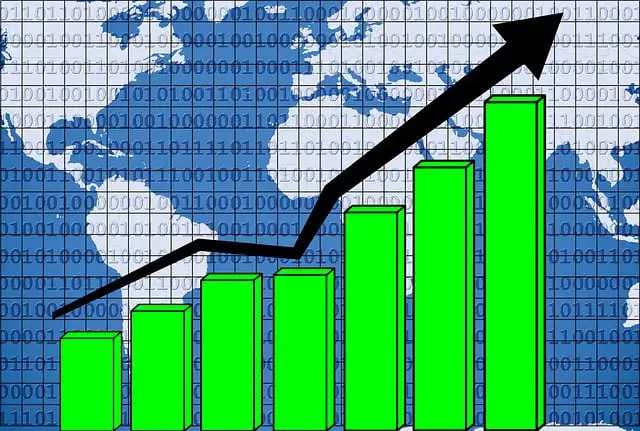The concept of an Initial Coin Offering (ICO) originated from the development of crypto assets, such as digital coins and tokens, within the operational framework of blockchain technology. Much like physical currency, crypto assets are scarce and their ownership can be transferred. However, while physical coins can be exchanged face-to-face, the transfer of control for crypto assets is realized through digital means via network transmission of cryptographic keys. Essentially, a crypto asset is an entry on a distributed ledger, assigning control to a specific user identified by a private key. This private key, which functions as a secure password, allows the user to exercise exclusive rights associated with that ledger entry. Even though private keys can be exchanged physically, the actual crypto asset remains as a ledger entry, inherently bound to its local blockchain protocol.
The Evolution of Crypto Assets
The inception of crypto assets began with Bitcoin and its distributed ledger technology, commonly known as blockchain. Prior to the advent of digital currency, monetary systems existed in the form of centralized ledgers managed by financial intermediaries, such as bank accounts or PayPal balances. Bitcoin emerged as the pioneering digital currency system that eliminates the need for centralized intermediaries to maintain ledger integrity. The core innovation of Bitcoin and other public blockchain systems lies in their ability to maintain a reliable and immutable record of ownership without centralized control.
Bitcoin's ledger is decentralized and replicated across a network of computers, known as nodes, which communicate through the Internet. When a Bitcoin holder initiates a transaction to transfer Bitcoin to another user, it is broadcasted to the network nodes. This decentralized system ensures that no single entity can alter the ledger unilaterally. Instead, economic incentives and cryptographic principles govern the consensus mechanism, ensuring that all copies of the ledger remain consistent and up-to-date.
Significance of ICOs and Blockchain Technology
ICOs represent a method for raising capital through the issuance of digital tokens or coins, typically in exchange for cryptocurrencies like Bitcoin or Ethereum. This fundraising model leverages the decentralized nature of blockchain technology to facilitate secure and transparent transactions. Crypto assets, which are the basis of these ICOs, serve as digital representations of value within the blockchain ecosystem.
The decentralized and transparent nature of blockchain technology ensures that transactions are recorded and verified by a distributed network of nodes. This reduces the risk of fraud and enhances the security of digital asset transactions. Moreover, blockchain technology's reliance on cryptographic algorithms provides a robust framework for maintaining data integrity and privacy.
Future Prospects of Crypto Assets and ICOs
As the adoption of blockchain technology and crypto assets continues to grow, the potential applications and use cases are expanding. From financial services and supply chain management to digital identity verification and beyond, blockchain technology is poised to revolutionize various industries by offering enhanced security, transparency, and efficiency.
In the realm of finance, the ability to tokenize assets and facilitate peer-to-peer transactions without intermediaries has significant implications for market accessibility and liquidity. Additionally, the programmable nature of smart contracts allows for the automation of complex processes, further enhancing the potential of blockchain technology.
Conclusion
Crypto assets and ICOs represent a transformative shift in the way value is transferred and capital is raised. Understanding the fundamentals of these technologies, including the role of distributed ledgers and cryptographic keys, is essential for navigating the evolving landscape of digital finance. As blockchain technology continues to mature, its impact on global markets and industries is expected to be profound, driving innovation and creating new opportunities for growth.











